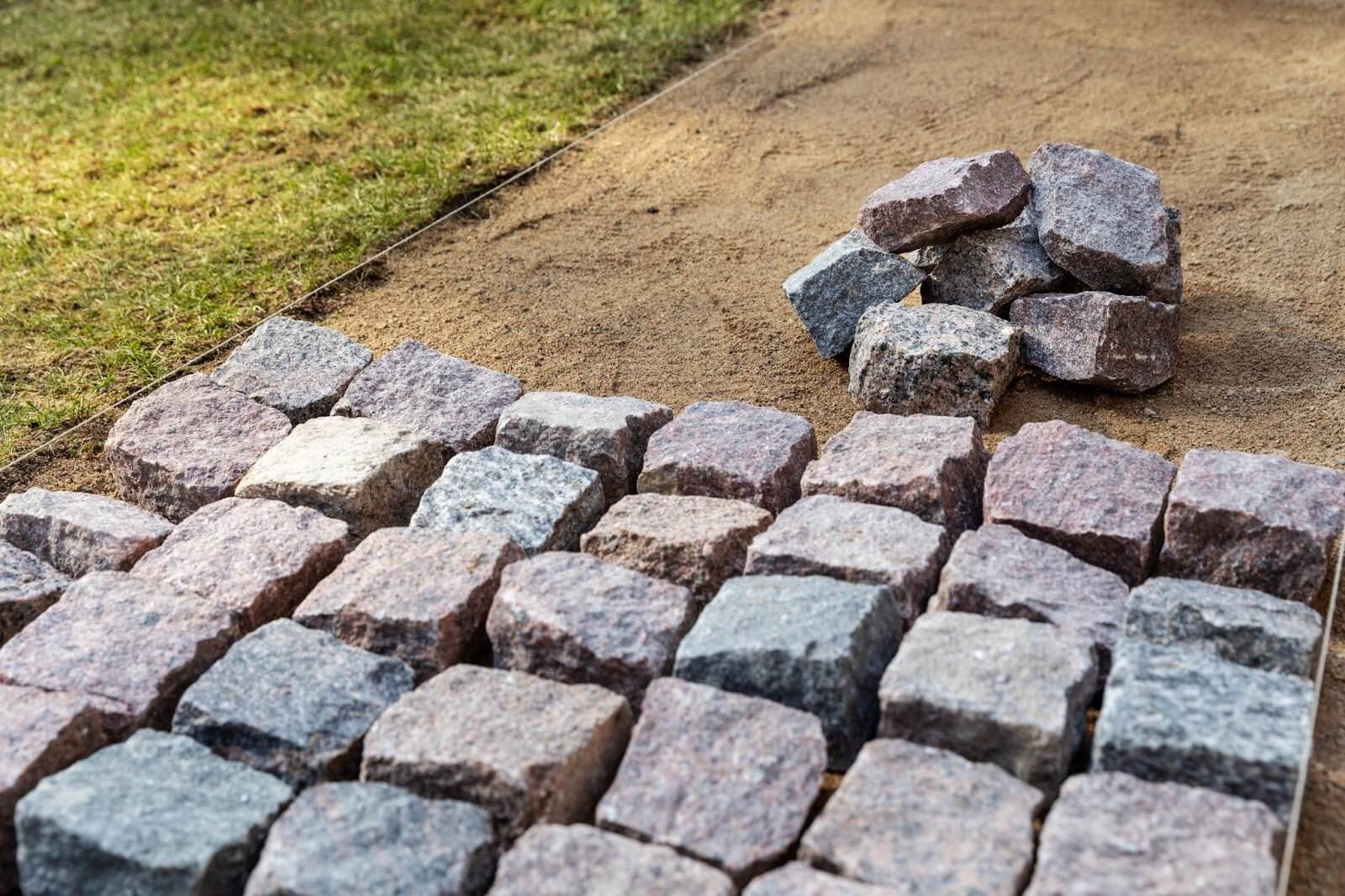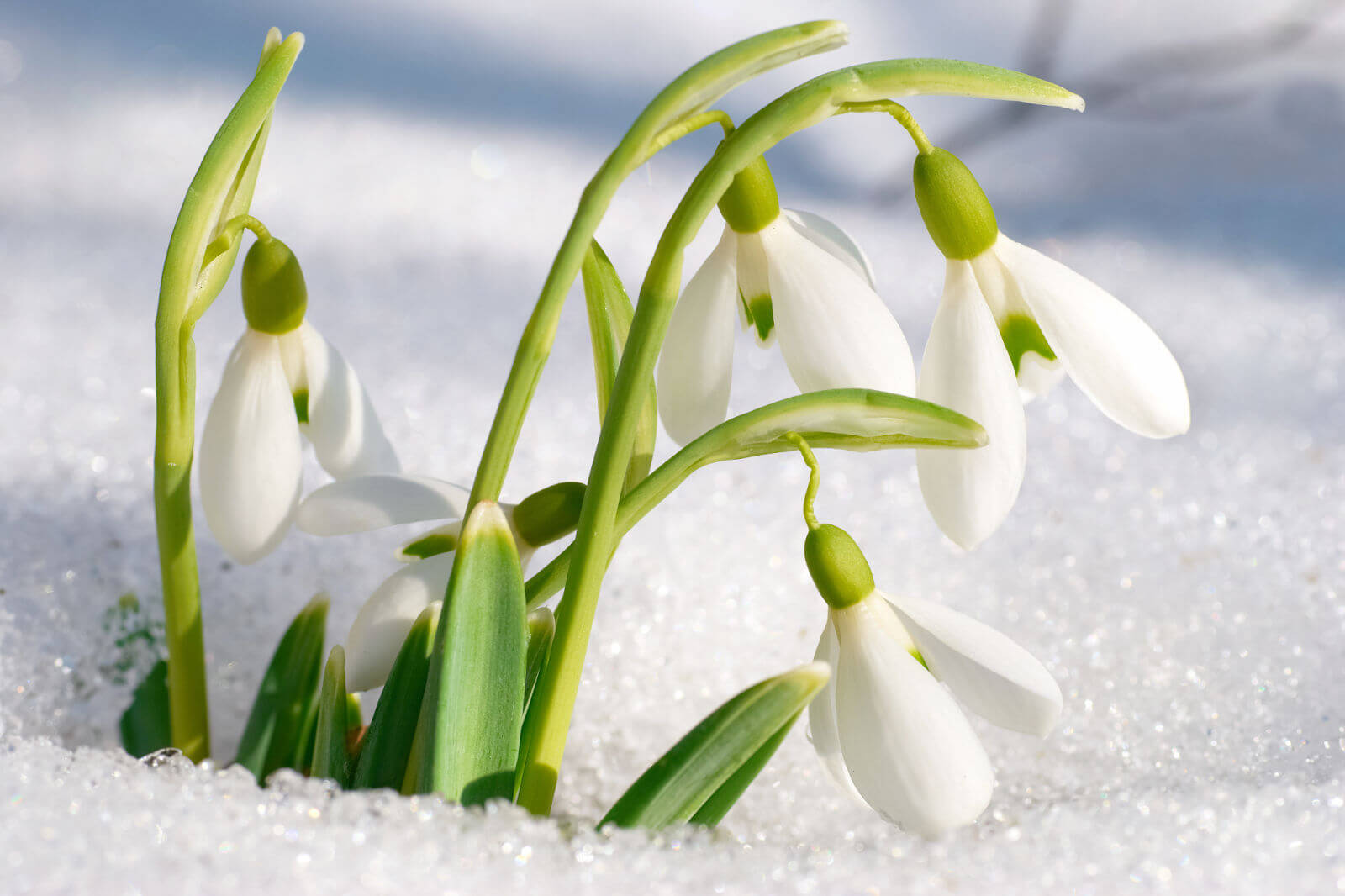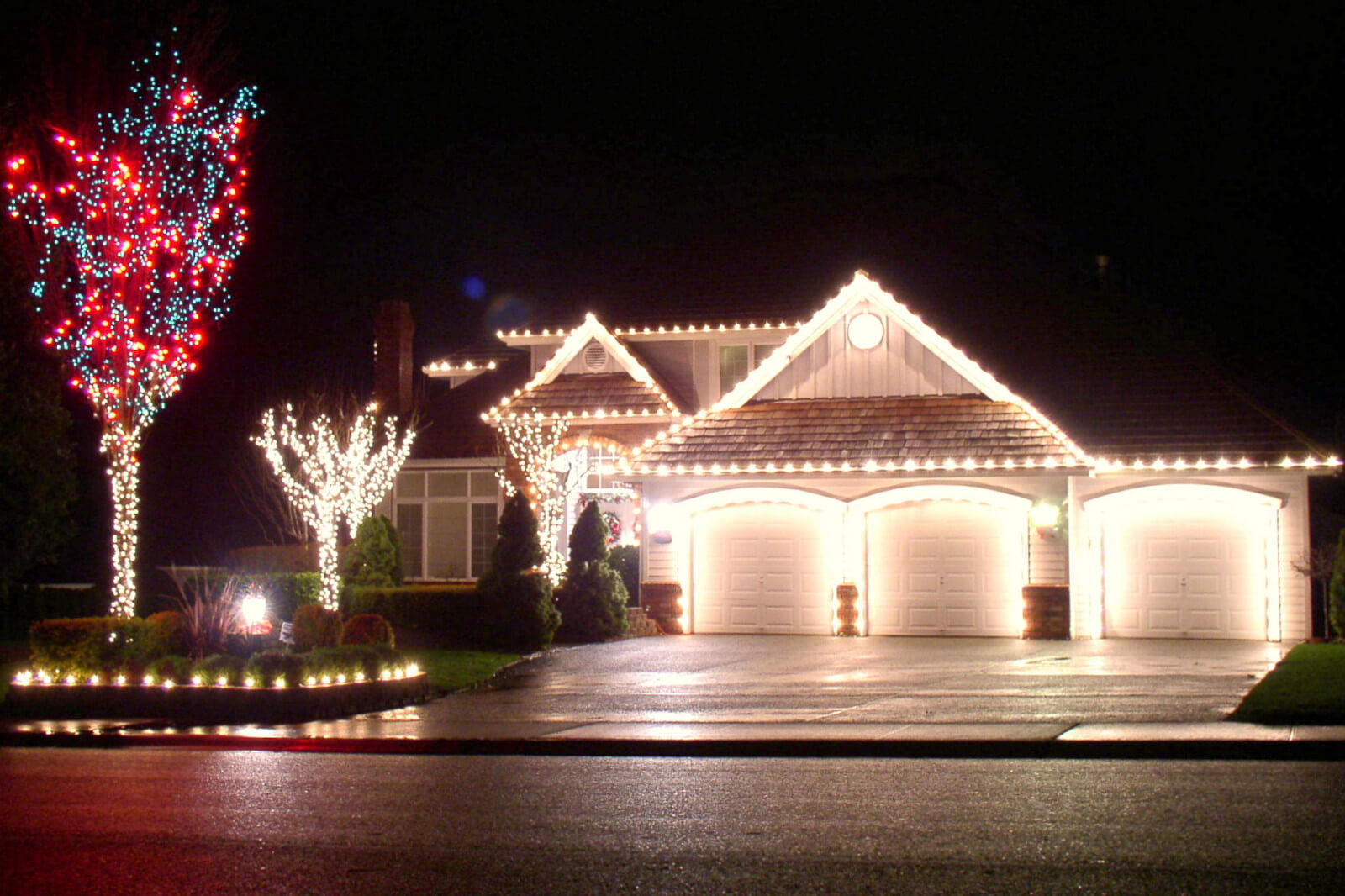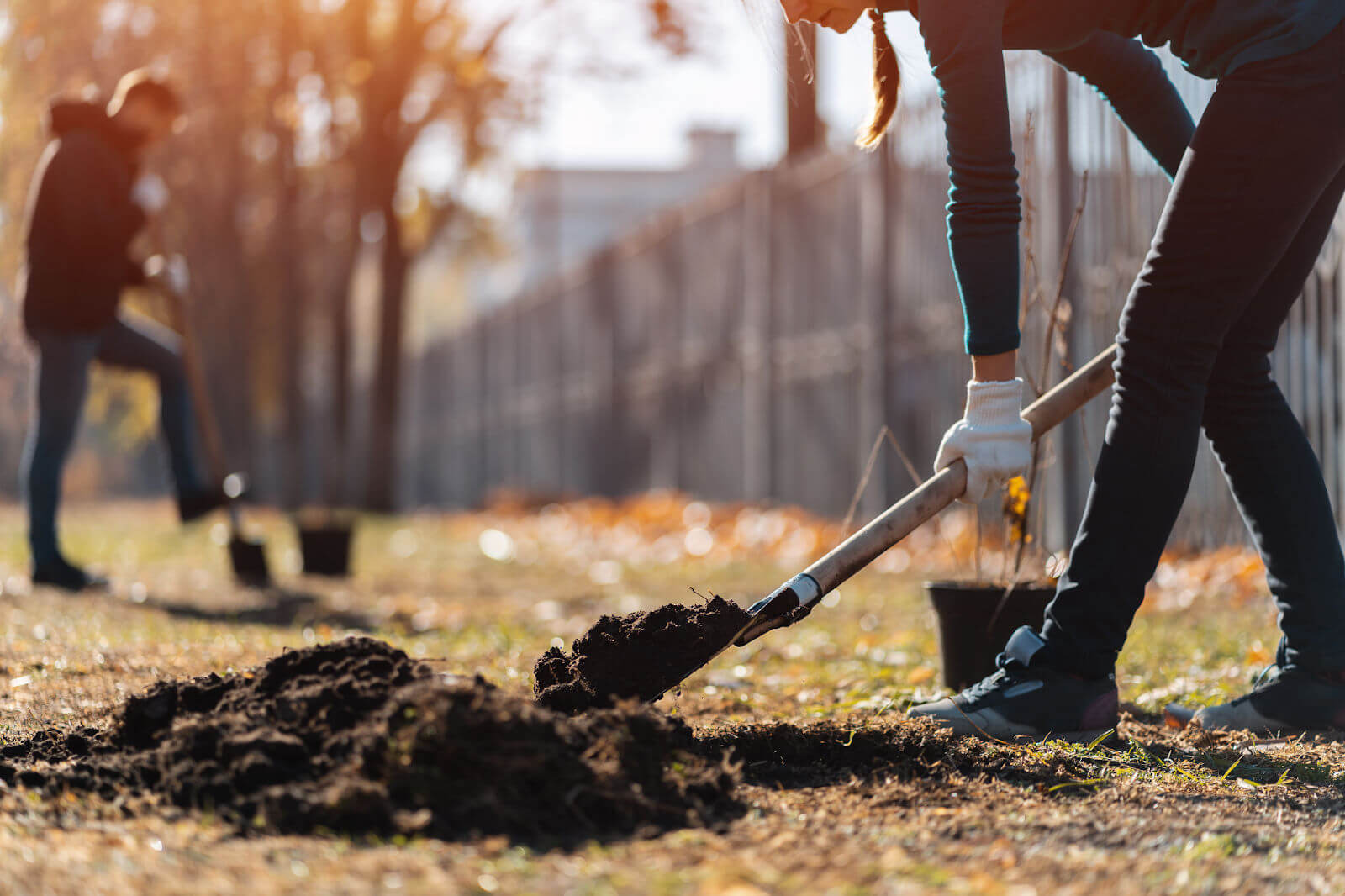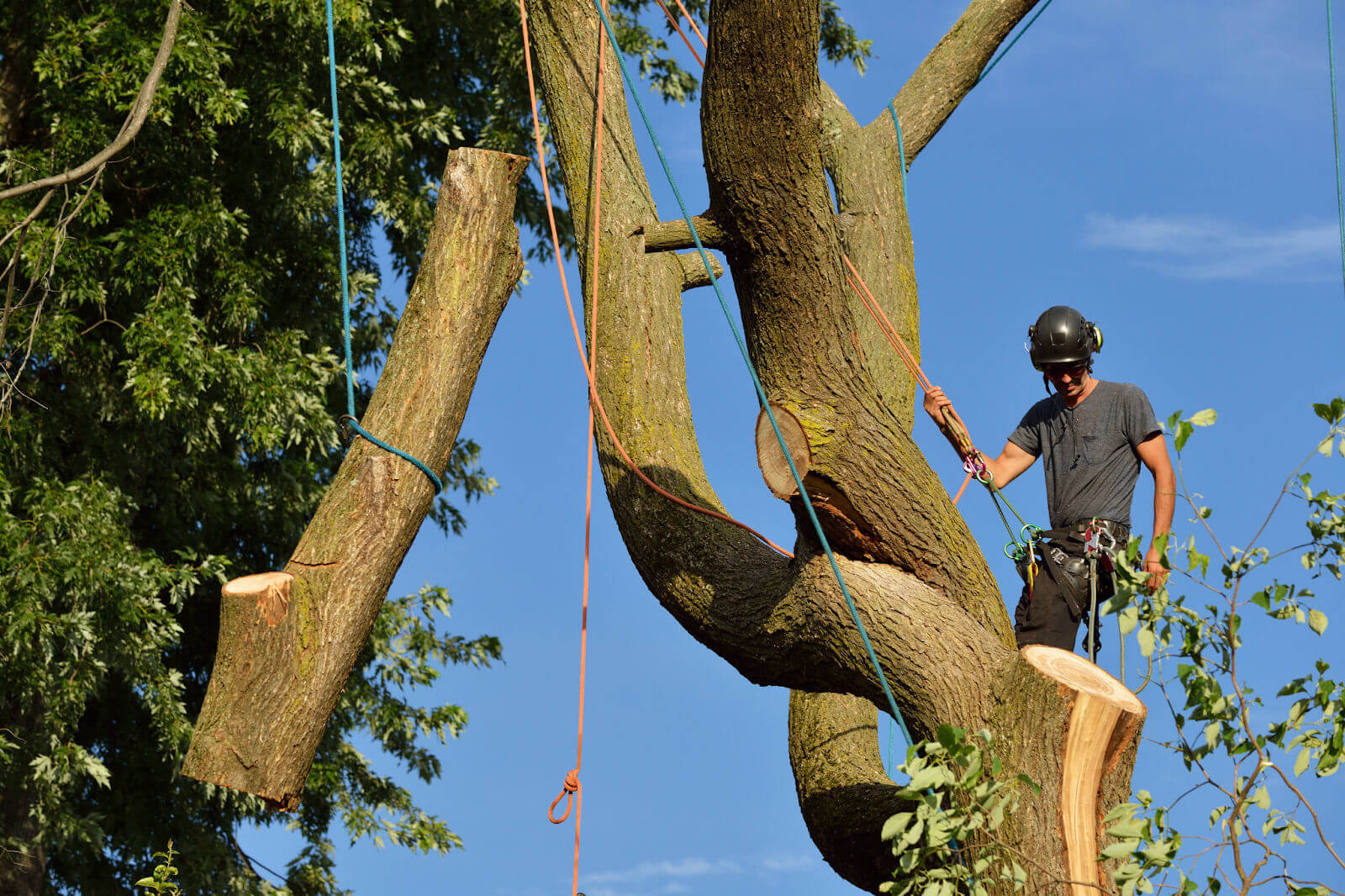The New Year is here! That means it’s time to review your landscaping budget to ensure you and your lawn are ready for spring. Here are some of our best tips for getting an accurate budget for your landscaping projects this year.
Tips for Getting an Accurate Budget for Your Landscaping Projects
Assess Upkeep Needs
A good landscape needs regular maintenance, and the associated costs with that upkeep are the first things you need to consider when you create a landscape budget. Any budget must start with the bare necessities, so consider things like lawn mowing costs, irrigation maintenance, spring and fall cleanup, and all other associated costs to keep your lawn looking its best year-round.
So, how much does this all cost in 2024? You can do different budgeting levels for your lawn and garden this year, and these different levels come with different features. A $2,000 landscaping budget is a comfortable maintenance budget in the Nashville area according to national and local publications. Setting aside $2,000 for landscaping this year will enable homeowners to afford regular maintenance like lawn mowing, leaf blowing, storm cleanup, and garden bed maintenance. Re-mulching garden beds and around trees, as well as pruning and light tree trimming, should all be on the agenda as well.
Note that your lawn’s size and the complexity of your needs can raise this price. Lawn care professionals can work all year long in Nashville, ensuring that your lawn is well-groomed no matter the season. The expert landscapers at The Parke Company have decades of experience in maintaining Nashville lawns, and we offer maintenance plans that can work with your budget.
If you’re looking for some budget landscaping ideas, try DIY. If you’re able to perform some upkeep yourself, like mowing the lawn, you can cut back on your out-of-pocket costs. While pruning and trimming trees and maintaining irrigation should be left to the professionals to avoid costly mistakes, you can take care of some tasks on your own. Nobody likes leaf and stick cleanup in the fall and winter, so we certainly don’t blame you for budgeting that and having us cover it!
Research Your Additions
There’s never a bad time to expand your landscaping, and with prices stabilizing in 2024, it’s looking more affordable than it’s been the last two seasons. While things are still pricier than they were just a few years ago, you’re going to want to consider upping your budget to stretch your dollar further this year.
A $5,000 landscaping budget can allow for some additions to your landscaping ranging from the inexpensive to the relatively extravagant. One awesome addition to any Nashville lawn this year is an irrigation system. Depending on the size of your property, lawn irrigation can be an effective way to keep your lawn looking greener and fuller without breaking the bank. Moderate to large irrigation installation projects can fall in the range of $3,500, so if your lawn isn’t massive, it might be reasonable at that price. If your lawn is only about a quarter acre, expect to pay around $2,000 (conservatively). An irrigation system is an excellent addition to your lawn and a worthwhile investment for most. Healthier grass is easier to mow safely, you’ll prevent browning during droughts, and you can even take care of watering flowers, trees, and bushes automatically. With the right system in place, you can conserve water/energy, save time, and cut maintenance costs over the long term.
Other popular landscaping additions include new garden beds with mulch or topsoil, planting new trees, shrubbery, and flowers, and more eco-friendly options like compost bins and water cisterns. No matter what you do for your lawn this year, know that the professionals at The Parke Company are ready to help. With our free consultations and estimates, you’ll know whether you’re budgeting enough for lawn care and landscaping in 2024.
Maximize Aesthetics
The biggest way to make your lawn incredible in 2024 is to go all out. Setting a large budget for your landscaping is a great way to invest in your property for the short and long term. Whether improving curb appeal in a fixer-upper home or simply making your house feel more like a home, big changes to your lawn can be incredibly impactful.
Tree removal services are a great way to remove unsightly or old trees from your property and can greatly improve the safety of your home as well. Large trees, even if they look healthy, can pose a lot of risk to your property and your family during storm season in Nashville. Tornadoes can be devastating, and removing trees safely before they have the chance to fall can save you a lot of money and headaches. Tree removal is not cheap, but it can be great for aesthetic purposes and the security of your property. Having money in your landscaping budget for tree removal is something you should definitely consider in 2024 if you foresee tree troubles.
Other, pricier landscaping options include abundant hardscapes, a fancy name for the man-made additions that bring a yard together. From paved walkways to pergolas, fire pits, and garden arches, hardscapes are a great way to enhance natural beauty with constructed decor. Many hardscaping jobs are costly, so if you’re including them in your budget, be sure to research how much things cost well in advance. In the end, no matter what you opt for to enhance your landscaping in 2024, you’re going to be happy you budgeted for it early on. Not everyone can splurge on huge landscaping changes this year, but there are options to beautify your lawn to suit any price point. Many maintenance plans come with monthly payment options to spread out costs evenly throughout the year, and you’ll reap the rewards of having to do less of the undesirable yard work. You can still flex your green thumb, but let us handle the piles of leaves.
Start Landscape Budgeting Now
2024 is underway, so if your budget needs extra guidance, The Parke Company can help. Give us a call today to talk with one of our experts and schedule a free consultation and estimate for the services you need in the new year.

